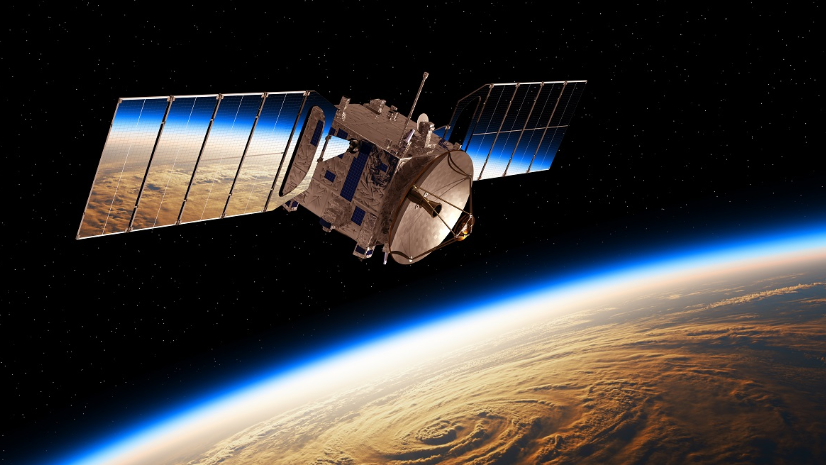Technology significantly enhances the exploration of other planets. Advanced telescopes and observatories provide invaluable insights into distant celestial bodies. Robotic rovers and landers facilitate direct analysis of planetary surfaces. Meanwhile, artificial intelligence processes extensive data, revealing patterns that would otherwise remain obscured. Satellite imagery and remote sensing offer detailed assessments of atmospheric conditions. This intricate interplay of tools raises crucial questions about what lies beyond our current understanding and the potential discoveries awaiting us.
Advanced Telescopes and Observatories
As scientists continue to seek a deeper understanding of the universe, advanced telescopes and observatories have emerged as pivotal tools in astronomical research.
These instruments facilitate groundbreaking space exploration, enabling precise observations of celestial bodies and phenomena.
Robotic Rovers and Landers
Robotic rovers and landers represent a transformative leap in planetary exploration, providing unparalleled opportunities to study the surfaces and atmospheres of other worlds.
Through advanced rover navigation technologies, these vehicles can traverse challenging terrains, ensuring comprehensive geological assessments.
Meanwhile, innovative lander design enhances stability and data collection, facilitating groundbreaking discoveries that expand humanity’s understanding of extraterrestrial environments and potential for future exploration.
See also: How Technology Improves Productivity
Artificial Intelligence in Data Analysis
While the exploration of other planets generates vast amounts of data, the role of artificial intelligence (AI) in data analysis has become increasingly vital.
Machine learning algorithms facilitate data mining, enabling scientists to uncover patterns and insights from complex datasets. This technological advancement not only enhances the efficiency of data processing but also fosters a deeper understanding of extraterrestrial environments, ultimately supporting future explorations.
Satellite Imagery and Remote Sensing
A significant array of satellite imagery and remote sensing technologies has revolutionized planetary exploration.
By harnessing advanced satellite applications, scientists can gather detailed data about planetary surfaces, atmospheres, and potential resources.
Remote sensing enables the identification of geological features and climatic conditions, fostering a deeper understanding of extraterrestrial environments.
This technological synergy not only informs research but also expands humanity’s quest for knowledge beyond Earth.
Conclusion
In conclusion, the integration of advanced technology, from telescopes to robotic rovers, has revolutionized our exploration of other planets. With artificial intelligence enhancing data analysis and satellite imagery providing intricate details, the quest for understanding extraterrestrial environments continues to evolve. As we uncover the mysteries of the cosmos, one must wonder: what new discoveries await us in the vast expanse of space? These technological advancements not only expand our knowledge but also ignite a deeper curiosity about our place in the universe.







